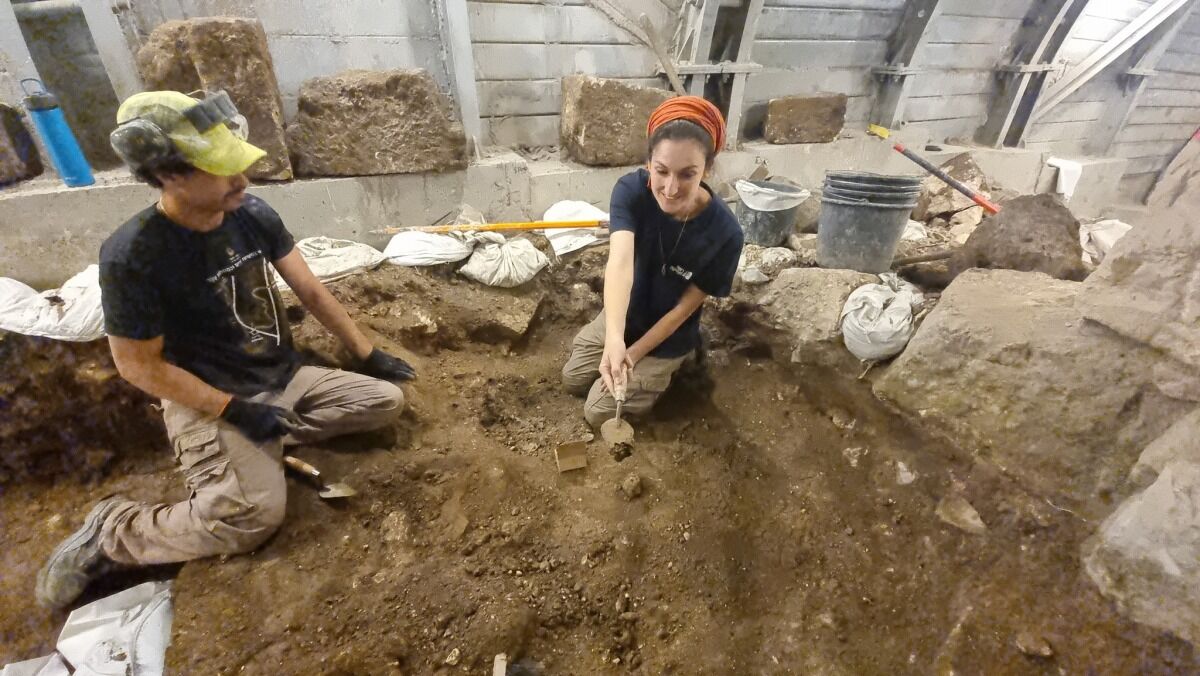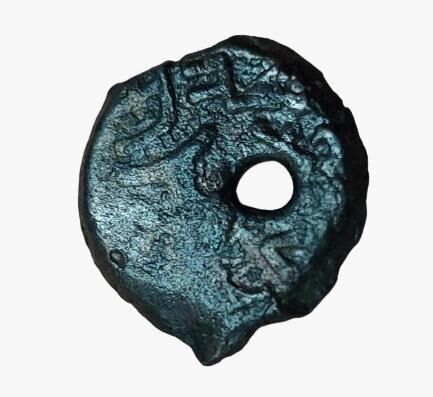Second Temple-Period Destruction Exposed in City of David
The final days of Jerusalem, prior to the 70 c.e. destruction, were dramatic. The razing of the second temple by the Romans is on the minds of the Jewish people this time of year, as Tisha B’Av is commemorated. And recent discoveries from excavations at the City of David National Park highlight this critical history and serve as a reminder of the final days of Jerusalem before the destruction.
Archaeologists working under the direction of the Israel Antiquities Authority (iaa) unearthed remains of collapsed buildings along what would have been the main street of Second Temple-period Jerusalem (now referred to as the “Pilgrim’s Road”). Inside the structures, archaeologists discovered charcoal, fragments of decorated stone vessels, a stone weight, a crucible for metal melting and a bronze bowl.

Perhaps the most fascinating discovery, however, was a second-year Great Revolt coin that bears the inscription: “For the freedom of Zion.” Revolt coins were minted in Jerusalem by Jewish rebels throughout 66 to 70 c.e. Currency-minting was limited to a few select rulers. In defiance of the Roman government, the Jews began minting their own silver coins. Rather than adorn their coins with images of gods, animals or a human ruler, the Jews chose temple-related motifs and used an older Hebrew script. This provided the Jews with a sense of independence as persecution raged. The symbolic value of the coins cannot be overstated.
A key feature of the recently discovered coin—one that makes it especially interesting—was a hole pierced through the center. Yaniv David Levy, a researcher in the coin department at iaa, said:
It is clear that the coin was intentionally pierced, and the hole was not the result of natural wear of the material. The coin was deliberately pierced to allow it to be hung. The identity of the person to whom the coin belonged will likely never be known, but preserving objects as souvenirs is not a new phenomenon.

It is clear, therefore, that this revolt coin was hung (perhaps around the neck) as an item of pride. iaa excavation directors Shlomo Greenberg and Rikki Zalut Har-Tuv conclude: “All these findings together paint a picture of the lives of the residents who lived in Jerusalem just prior to the destruction. To return to Jerusalem after 2,000 years and rediscover the remains of the destruction, especially in an excavation taking place shortly before Tisha B’Av, is a very moving experience that cannot leave us indifferent.”
Revolt coins in Jerusalem range in rarity. We have written articles about other coin discoveries, including an extremely rare silver half-shekel discovered during one of our excavations on the Ophel in Jerusalem. (The Ophel excavations have yielded other notable finds, such as King Solomon’s wall, the gold menorah medallion and coin hoard, the seal impression of King Hezekiah, and the seal impression of Isaiah.) Congratulations to the City of David team for their recent discoveries!